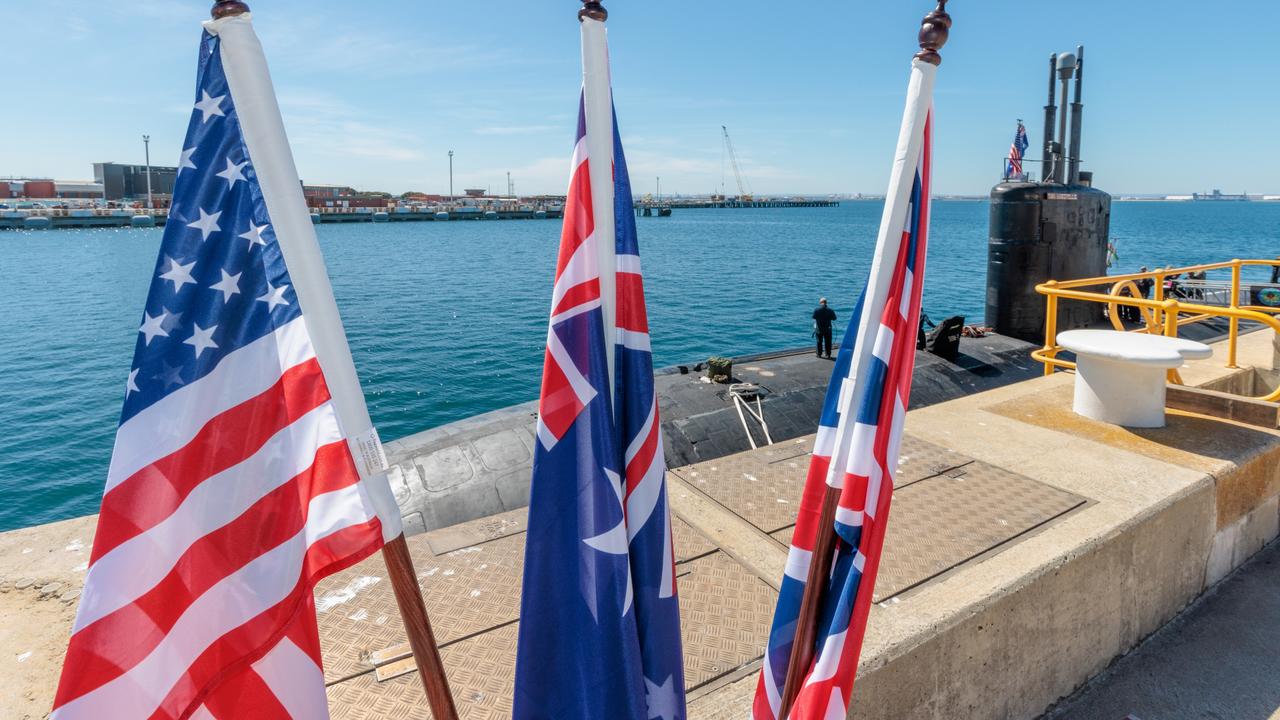Volume, severity of injuries from Singapore Airlines passengers, crew stun paramedic
A first responder has revealed how overwhelming the volume and severity of injuries of SQ 321 passengers were as the medical emergency unfolded on the tarmac.
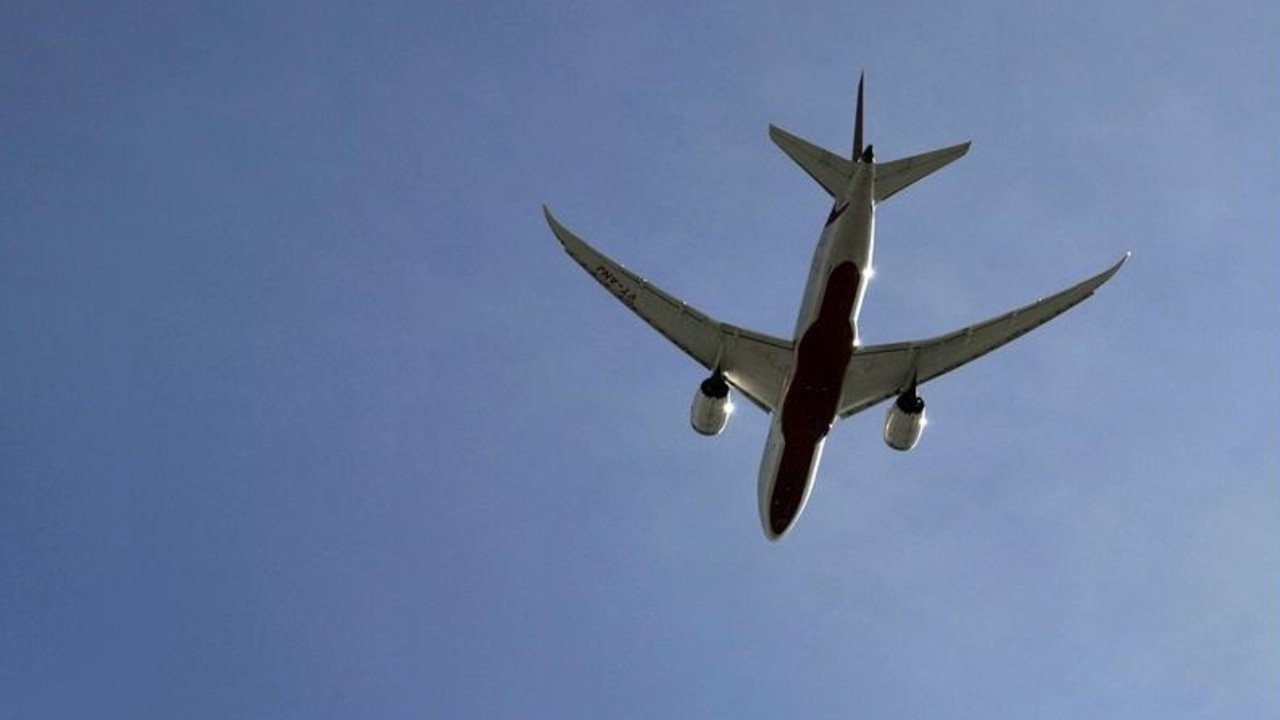
World
Don't miss out on the headlines from World. Followed categories will be added to My News.
When the call came through to first responder Piyalak Kinkaew, his immediate thought was a terrorist attack at Bangkok’s International Airport precinct.
Airports of Thailand (AOT) simply told him it was not a drill, expect multiple casualties of varying degrees including deceased patients and scramble hard as the medical emergency had already begun with an inbound passenger aircraft.
Kinkaew, the chief of Ruamkatanyu Emergency Medical Services operations team, was first on the scene, leading his convoy of 10 ambulances and five other medical cars across the tarmac in a blaze of lights.
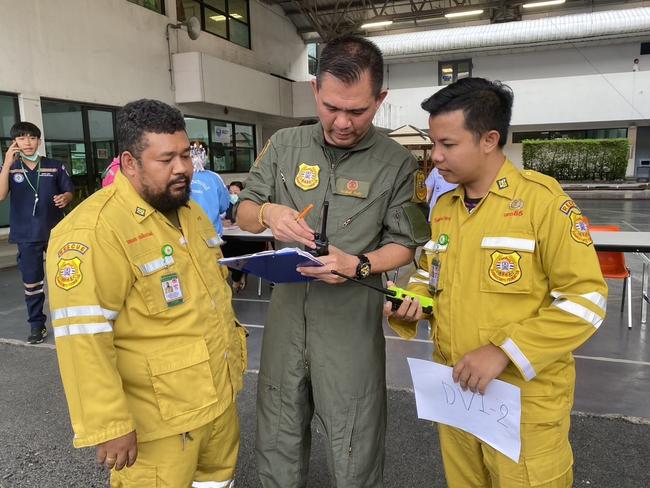
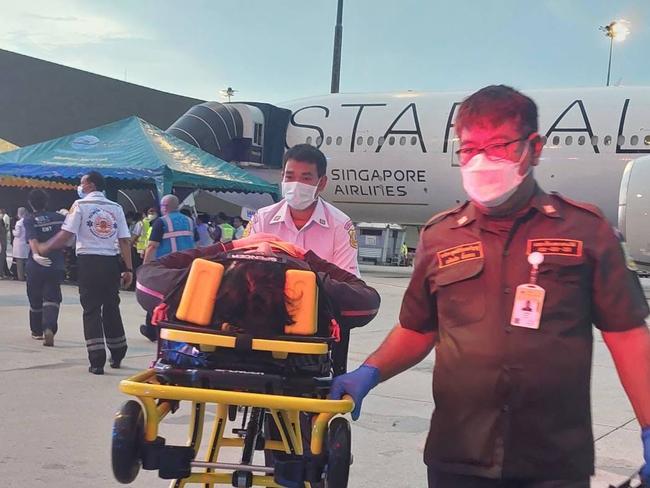
FOLLOW OUR LATEST COVERAGE OF THE SINGAPORE AIRLINES TURBULENCE HERE.
“When we heard the call for the emergency team a little bit before 1600 hours, at first we had no idea what happened but we followed the process and responded to the call immediately,” Kinkaew recalled.
“We had an annual rehearsal with AOT. The annual rehearsal specifically looked at how to deal with mass incidents and follow that procedure so we knew the process of operation in restricted areas like airports, we knew everything must go under the protocol.”
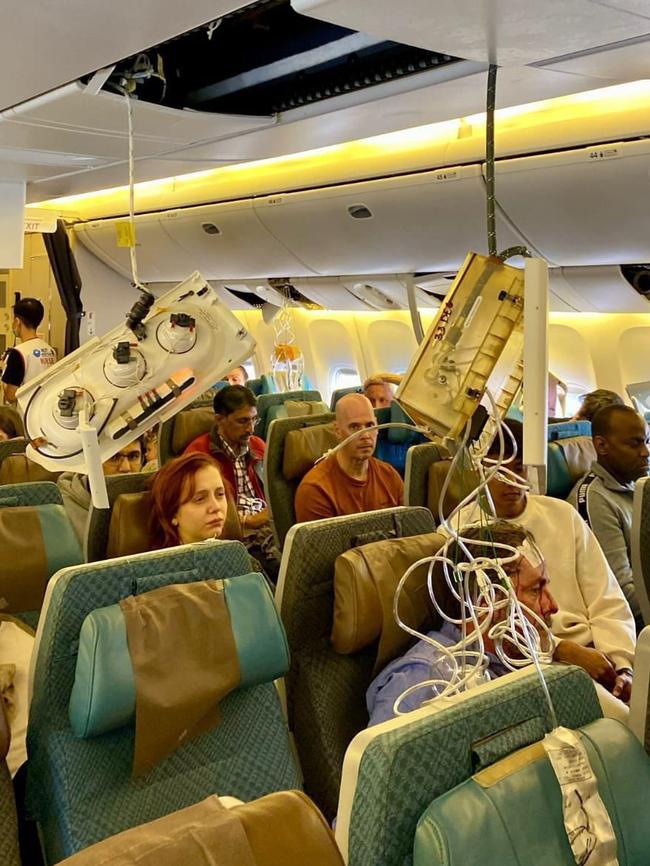
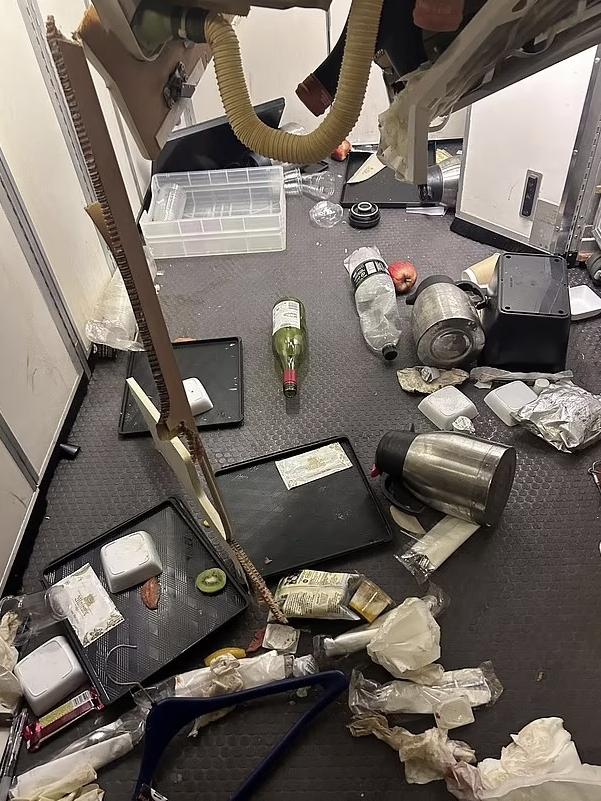
After arriving at the aircraft, airport medical teams moved through the cabin for first-instance assessment of passengers and crew.
It was overwhelming. The warning of multiple casualties translated to more than 100 patients, two dozen in critical condition.
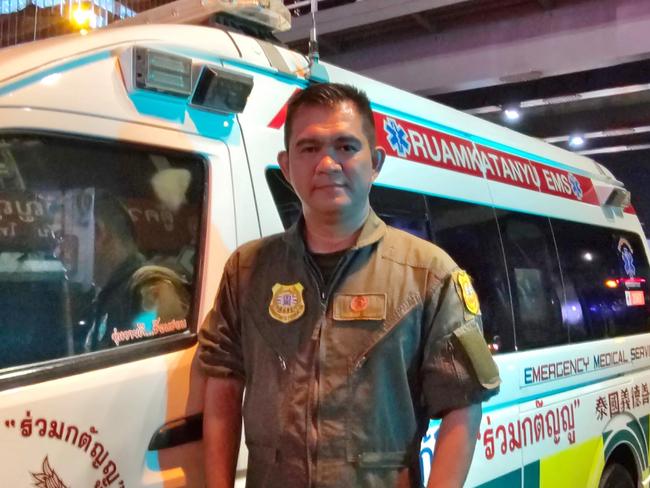

The information was relayed to Kinkaew through colour codes – Green (minor injuries /able to walk), Yellow (severe injuries /cannot walk), Red (critical condition) and Black (unresponded).
The number of yellow and red stunned him; thankfully already another 20 ambulances and sundry emergency vehicles and crews had already been dispatched.
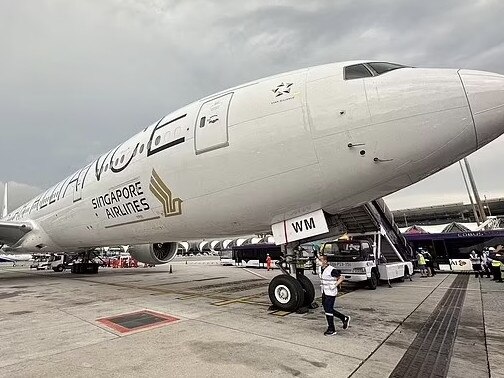
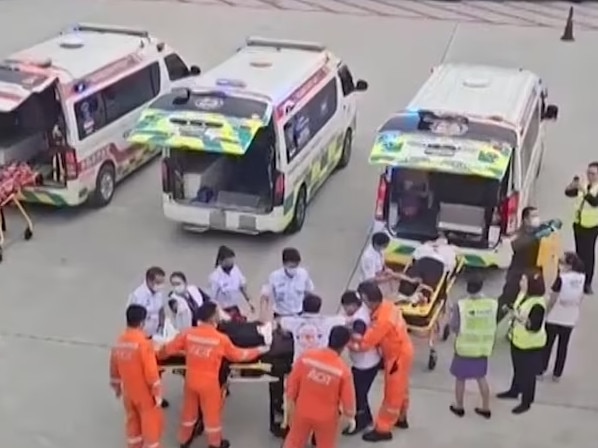
“It took about two hours in total to transfer most of the patients to the hospital,” Kinkaew said.
“Through the end of the process there was heavy rain but we still kept going. Our motto is that we must always be ready to respond, we must be trained to be ready to help. We did that, we had a good system.
“I think the pilot made a good decision, turbulence was on the Myanmar border and he decided to land in Thailand. If he landed in another airport or kept going further, the consequences might be different.
“Personally what I learned from this situation is that seat belts are very important, but sometimes we ignore the sign. Most of the injuries I saw were because they weren’t
wearing seat belts. They flew out from their seats and attacked the ceiling.”
More Coverage
Originally published as Volume, severity of injuries from Singapore Airlines passengers, crew stun paramedic




